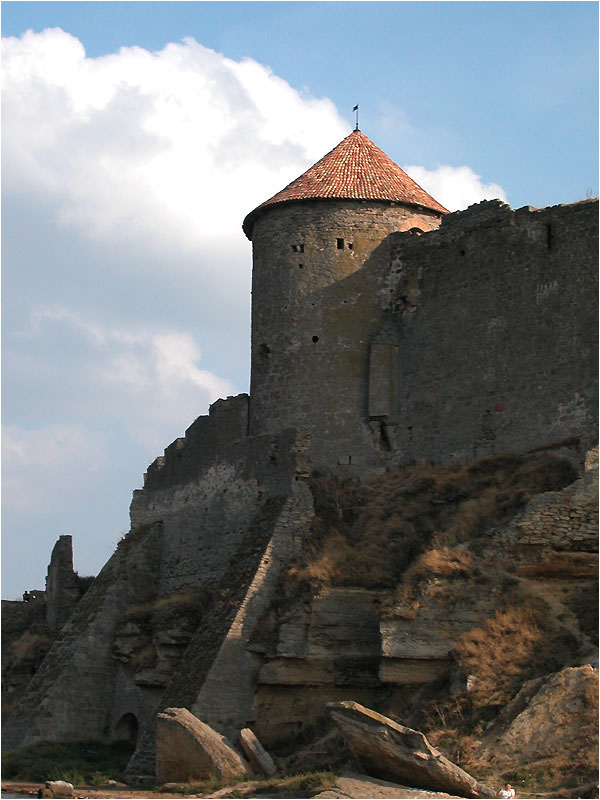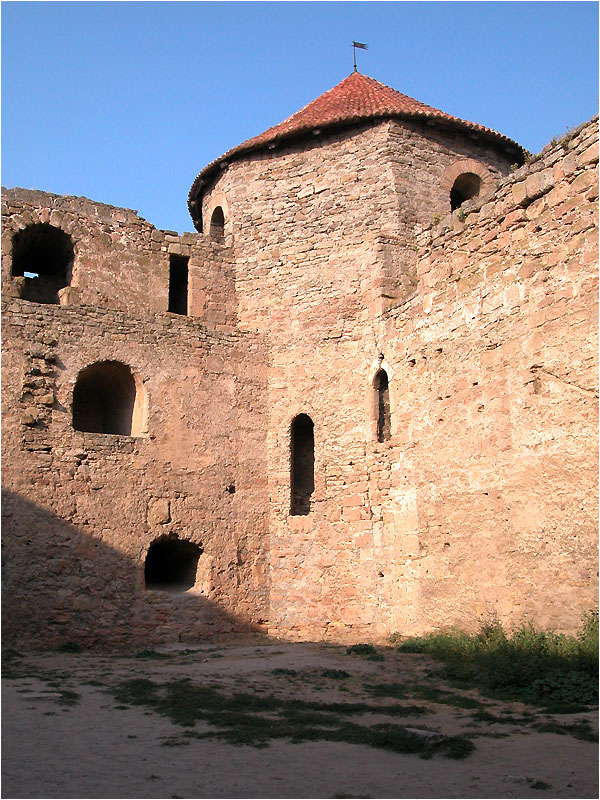A Background to the Akkerman Fortress
Architecture, Archaeology & History

History
Akkerman fortress was for centuries a formidable link in a chain of fortresses that protected Istanbul and the Ottoman heartlands from invaders from the north. The garrison at Akkerman, as elsewhere on this frontier, was supported by Tatar clients of the Ottomans, particularly the Crimean Tatars who became Ottoman vassals from 1475. Once the Ottomans secured a foothold on the northern Black Sea shore it was only a matter of time before they established a permanent presence, and with the Ottoman sultan’s conquest of Akkerman, together with its sister fortress of Kilia on the Danube, in 1484, the fate of the Black Sea as an “Ottoman Lake” was sealed for much of the next 300 years.

Archaeology
This international and interdisciplinary project in historical archaeology aims to investigate the past of Akkerman fortress, a site on the estuary of the Dnister River and within the modern town of Bilhorod-Dnistrovsky in southwestern Ukraine. Archaeologists have previously concentrated on the remains of ancient times-in particular those of the Greek outpost of Tyras-and later strata have been ignored or destroyed in order to reach earlier ones. Our project, by contrast, emphasises the Ottoman centuries which have been wilfully neglected thanks to the prejudices of the Soviet era. Furthermore, the archaeological investigation of more recent time-periods has only relatively recently come to be seen as a legitimate exercise: our understanding of them can be greatly enhanced by integrating the wealth of documentary evidence that is available to us.
